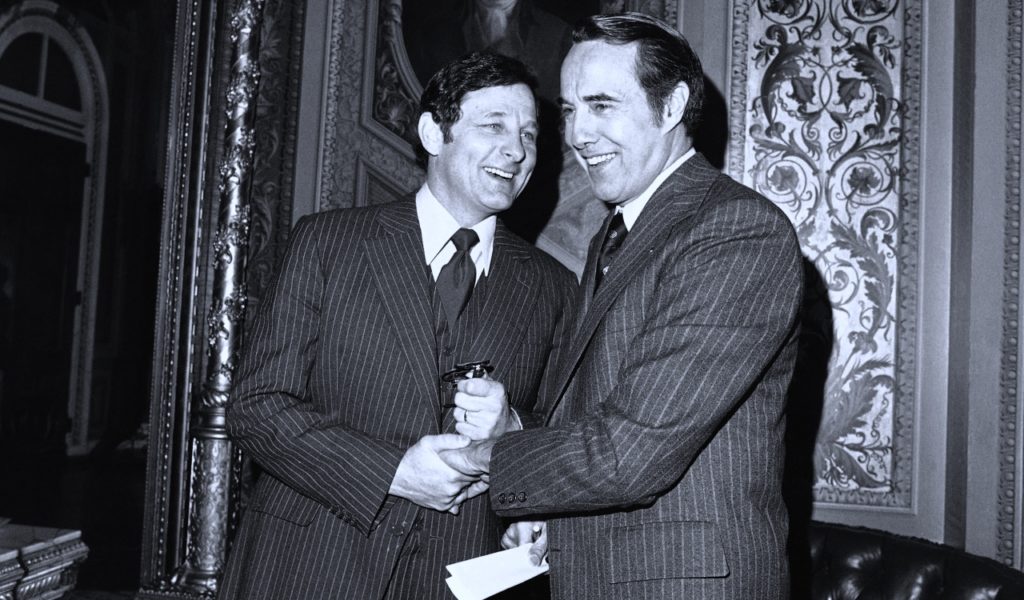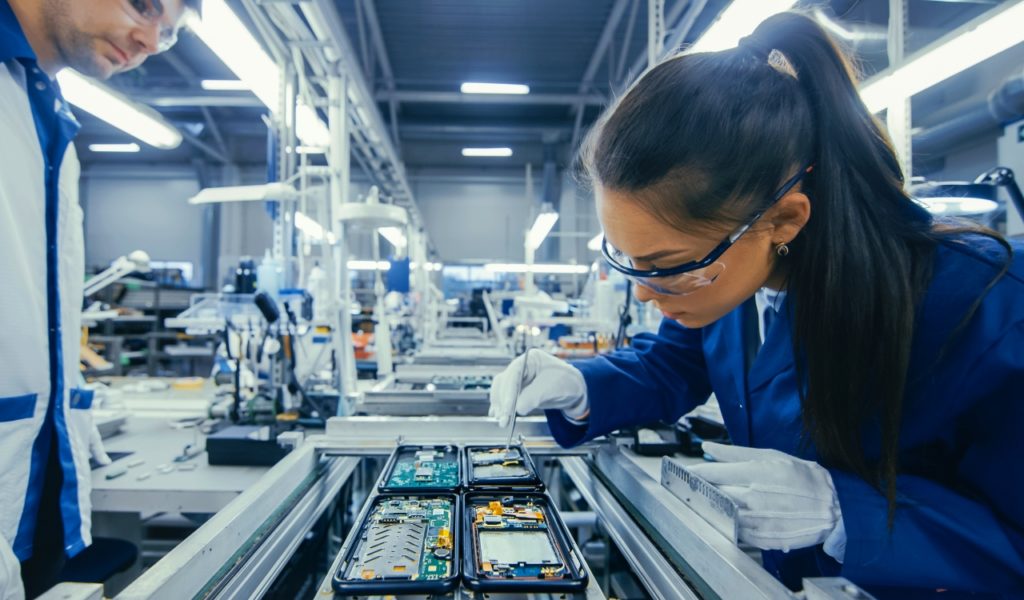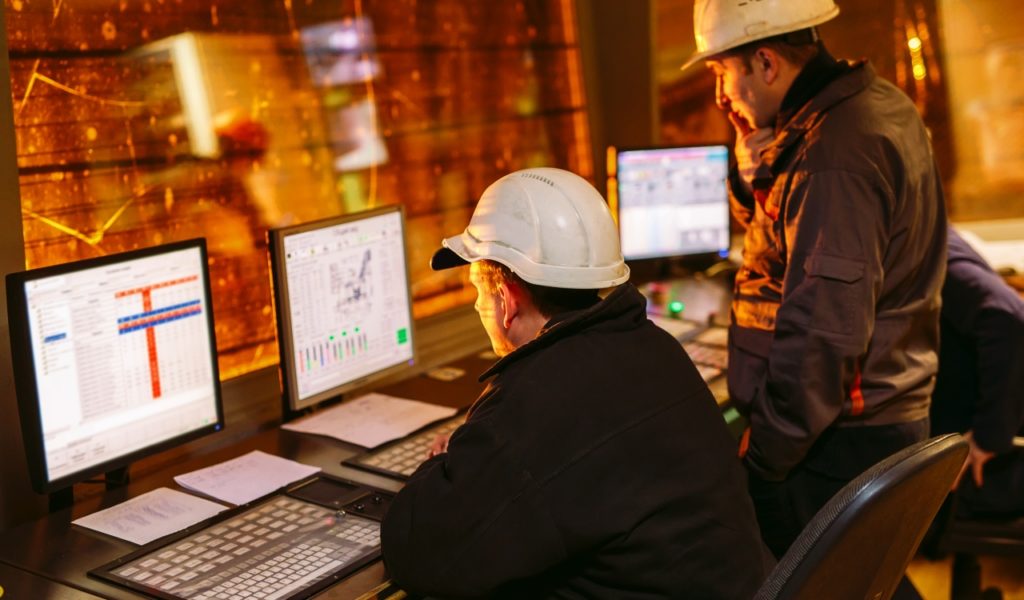A new White House Manufacturing Order was signed by U.S. President Joe Biden last week. This executive order was put in place to ensure that technology invented through federally funded research would be manufactured in America. At least, as much as it can be.
However, one should not celebrate this entirely just yet.
The new EO instructs numerous federal research agencies to consider extending existing requirements for U.S. manufacturers. Instead, giving them a much larger set of opportunities regarding licensing deals.
This was considered to be a huge move by the Biden Administration that industries loved. Several technology transfer experts were relieved. Initially, they feared the Biden Administration might go even further than the Department of Energy Model.
They felt he’d extend this issue to “all” federal research. Which would present more restrictive licensing requirements that were imposed on the Department of Energy roughly 2 years ago.
The DOE experienced this issue unilaterally in that timeframe, and many were against it then. The hope was that it would change. Yet many felt that Biden wouldn’t try to bring more of these jobs and opportunities to American companies.
Executive Director of the Bayh-Dole Coalition, Joseph Allen, was quoted as saying:
“We dodged a bullet. What we’d heard for almost a year was that the administration was considering imposing the DOE model on everybody.”
Current Bayh-Dole Act Of 1980

The Bayh-Dole Act of 1980 set the current manufacturing requirements when it came to universities, national laboratories, & researchers. It revolves around patenting, licensing, and collecting royalties for inventions developed using federal funding.
This law helped to light up the tech transfer revolution that took place during the 1990s. This act also specifies a rule for any patent holder that enters into an exclusive licensing agreement with a company to make a technology that will be marketed in the United States.
It references that this product must also be “manufactured substantially in the United States.”
Of course, there is some looseness to this. For example, if no domestic manufacturer can make the product the licensor can apply to the funding agency for a waiver. That isn’t exactly an uncommon thing to deal with.
This will allow them to seek manufacturers outside not just the United States but North America entirely.
This domestic manufacturing rule does not apply to nonexclusive licenses. This is when patent holders will usually sign with multiple companies, nor does it apply to products sold overseas.
These exceptions enable an inventor to collect royalties. Meanwhile, they’re still allowing a U.S. manufacturer to make a product, should one eventually emerge.
The idea, according to Allen, was that one could have their product made “somewhere than have it made nowhere.”
Yet this is where things switch up a bit.
Biden’s EO Change

All of this changes with the new White House Manufacturing Order. The Biden Administration is now directing various departments and agencies to consider extending the domestic manufacturing requirement to nonexclusive licenses too.
According to the Bayh-Dole Coalition, this can be done through a “determination of exceptional circumstances.”
This is otherwise known as a “DEC.”
The White House Manufacturing Order gives the Defense, Health, Human Services, Transportation, Energy, & Homeland Security Departments as well as the National Science Foundation & NASA at least 90 days to think it over.
Biden’s executive order’s instruction does come close to, yet does not exactly follow, the previous precedent set by the Department of Energy.
Back in June 2021, the DOE extended a DEC that extended the domestic manufacturing requirement to nonexclusive licenses of all future patented tech developed using DOE funding.
They noted that since 2001, the number of manufacturing jobs in the U.S. actually shrank by one-third. That equates to 12 million jobs, which is problematic. We could actually increase jobs if this goes into place. The Agency wrote:
“We have seen the manufacturing for countless federally funded technologies (ranging from solar technologies to semiconductors to energy storage) increasingly offshored to locations other than the United States.”
The DOE’s Decision Might Cause Issues

Today, those looking to license any DOE-funded innovations will need to find a U.S. manufacturer or request a waiver.
This decision has been putting a damper on the development of DOE-funded technology according to tech transfer experts. This is due to the fact that the DOE’s move ignores that there often aren’t any suitable U.S. manufacturers. That is especially true for emerging technologies.
According to the CEO of AUTM, Stephen Susalka:
“The average number of licensees for a technology is somewhere between zero and one. It’s not like there are 17 and you pick the one in Bangladesh.”
In January 2022, AUTM found that half of the 46 members polled said they would definitely reduce investment in trying to patent DOE-funded innovations.
Of course, this White House Manufacturing Order does a lot of good things for tech companies. It removes the biggest fear for tech transfer experts. It also aims to standardize and improve the process for applying for a waiver when a domestic partner cannot be found.
The Waiver Black Hole

This past Spring, AUTM issued a survey that found out of 33 tech transfer offices that applied for waivers, 8 waited at least one year to hear anything back from the funding agency. Meanwhile, 22 did not get a reply at all.
Essentially, the waiver applications are going into a black hole, something Kate Hudson has claimed many times. She is the Associate Vice President of the Association of American Universities. She claims that:
“You don’t even know if they’ve received it, you don’t know how it was evaluated.”
This new executive order essentially claims that:
“The heads of agencies shall ensure the wavier process of their agency is rigorous, timely, transparent, and consistent.”
It instructs agencies & departments to consult outside stakeholders. Meanwhile, the order also says agencies judging waiver applications should include factors beyond asking whether a U.S. manufacturer can be found.
It should also ask about things like working conditions and the unionization status of overseas factories where these licensed technologies would be made.
It’s unknown how wide the Biden Administration plans to expand the domestic manufacturing requirements currently. However, most expect this to become clear in the next few months. The hope is for it to remain somewhere close to where it is now. Rather than not heavily reducing or expanding upon it.
Yet Biden’s executive order does raise the prospect that this administration could impose the domestic manufacturing requirement much more broadly. This could, in theory, create a new bureaucracy to handle the growing flood of waiver requests.
Regardless of what the government does, one should not expect stricter licensing requirements to reverse the loss of U.S. manufacturing capabilities, according to experts. Susalka made a good point when they said that: “you can’t create domestic manufacturers out of thin air.”
References:
White House manufacturing order has tech transfer experts sighing in relief